
What are most fascinating about the modernized Beijing are not the skyscrapers or broad streets, but the winding, secluded hutong (lanes/alleys), where there are beautiful siheyuan.
It is therefore fitting and proper to call the culture of the ancient capital “hutong culture” or “siheyuan culture”.
Beijing used to comprise tens of thousandsof siheyuan of different sizes orderly arranged in rows. The passages between the rows were hutong.
In the Yuan Dynasty, each hutong was as wide as a large three-courtyard quadrangle. It was later divided into many nameless narrower lanes by houses built in it. Hence the saying that goes, “there are 3,600 hutong with names, while nameless ones are as many as the hairs on a cow”.
By 1949, there were 6,074 streets and lanes with names, among which were 1,330 hutong, 172 avenues, 111 lanes, 85 streets, 71 alleys, and 37 roads. Streets, lanes and alleys were customarily lumped together as hutong.
Beijing is crisscrossed by thousands of hutong, where there are numerous “sweet homes”. That is the main reason why citizens of Beijing are so much attached to them.
The slimmest hutong is Qianshi Hutong in Dashilan Area beyond the Front Gate (qianmen). The narrowest part of it measures only 40 centimeters wide. Some hutong are known for being tortuous. Beixinqiao Hutong, for instance, was said to have nine bends, but it actually had more than twenty; it was later divided into five parts. The lane beyond the Front Gate, also said to have nine bends, actually has thirteen. The names of hutong are like an encyclopedia of the city’s history and folk customs. In recent years, hutong has been developed as a precious tourist resource.
As the shabby old dazayuan (quadrangle shared by several households) are being replaced by modernized buildings, old hutong will be gone too. However, many famous hutong have been preserved as cultural relics reflecting the city's history as an ancient capital. They are among the remnants of the past of this fast developing city.
The tour of hutong has been developed as a new sightseeing program for foreign tourists. Man-powered tricycles, a means of transport typical of old Beijing, will take them past Shichahai and Yinding Bridge to the drum tower, where they may enjoy a view of the old city crisscrossed by lanes. Then they will be taken to Houhai, where they may visit such ancient hutong as the southern and northern Guanfang Hutong, the big and small Golden Lion Hutong, and Qianhoujing Hutong. They may walk into siheyuan and chat with the inhabitants. Finally, they will be taken along Liuyin Street to the mansion of Prince Gong, known as the Garden of Grand View, to see the houses of nobles and imperial gardens.
Foreign tourists are profuse in their praise for the beauty of hutong. Carrying the age-old culture of Beijing, hutong has eternal charm.

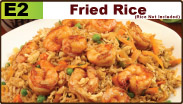
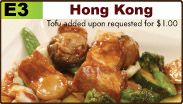
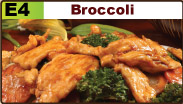
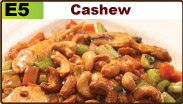

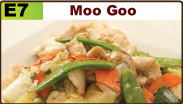
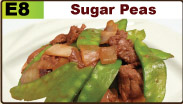

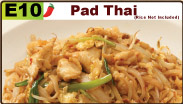
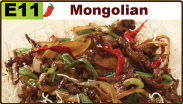
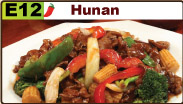
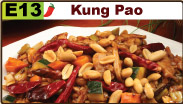

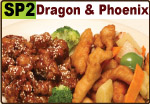



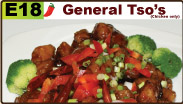
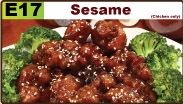

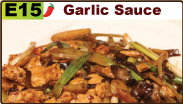
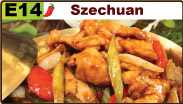
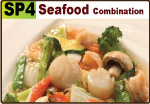
 PREVIOUS
PREVIOUS

